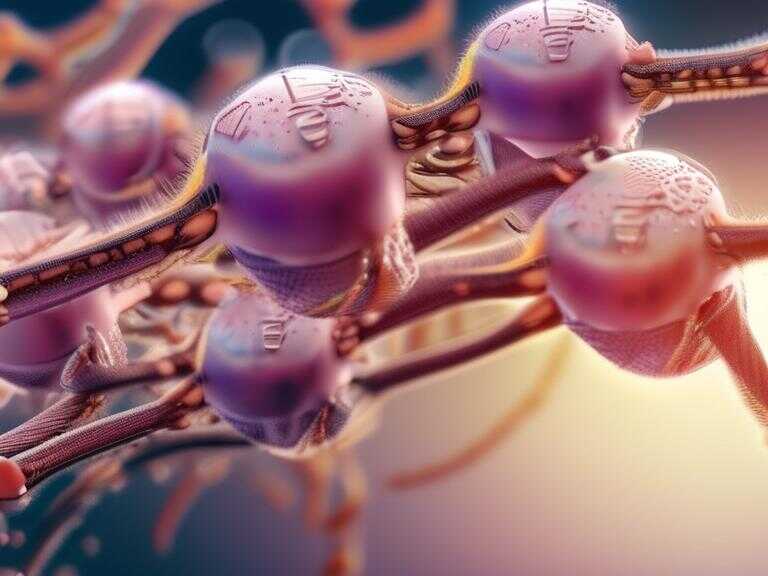
New Study Links Microplastics and Nanoplastics to Increased Risk of Heart Disease

A groundbreaking study published in The New England Journal of Medicine has revealed a potential connection between microplastics and nanoplastics and the risk of cardiovascular disease. This research, led by Dr. Raffaele Marfella and his colleagues at the University of Campania Luigi Vanvitelli in Italy, has raised concerns about the impact of plastic pollution on human health.
Investigating a New Risk Factor
The study aimed to explore new risk factors for cardiovascular disease in response to the pervasive issue of plastic pollution. Dr. Marfella and his team sought to determine whether micro- and nanoplastics could contribute to the degradation of arteries, thereby increasing the risk of heart attack, stroke, or other cardiovascular events. The researchers observed that these tiny plastic particles have been found in various environments, including human biological samples such as blood, breast milk, urine, and tissue.
Implications for Patients
The study focused on patients with carotid artery stenosis, a condition characterized by the narrowing of major blood vessels. During the investigation, plaque samples from 257 patients were analyzed, with 150 of them showing the presence of plastic particles. Subsequent health monitoring revealed that patients with detectable levels of plastics faced a significantly higher risk of experiencing cardiovascular events compared to those without plastic particles in their plaque.
Evidence from Experimental Studies
Prior experimental studies in cellular and animal models have demonstrated a link between plastic particles and increased disease risk. Furthermore, a study published in the Journal of Hazardous Materials identified microplastics in human arteries for the first time, corroborating the findings of the recent research.
Interpreting the Findings
While the observational study establishes an association between plastic particles and cardiovascular events, it does not prove causation. Dr. Martha Gulati, Director of Preventive Cardiology at the Smidt Heart Institute, emphasized the need for further exploration into the inflammatory response triggered by the presence of micro- and nanoplastics in plaque.
Future Directions
Given the specific patient cohort involved in the study, the results are not universally applicable. However, they serve as a springboard for subsequent investigations into the prevalence of micro- and nanoplastics in the general population and their potential impact on cardiovascular health. Dr. Gulati highlighted the importance of addressing this environmental and health concern through continued research efforts.
Call for Action
As the scientific community delves deeper into the implications of plastic pollution on human health, there is a growing need for heightened attention and discourse on this matter. The study underscores the urgency of addressing environmental factors that may influence cardiovascular disease risk and prompts further exploration into the broader impact of microplastics and nanoplastics on public health.
Share news















